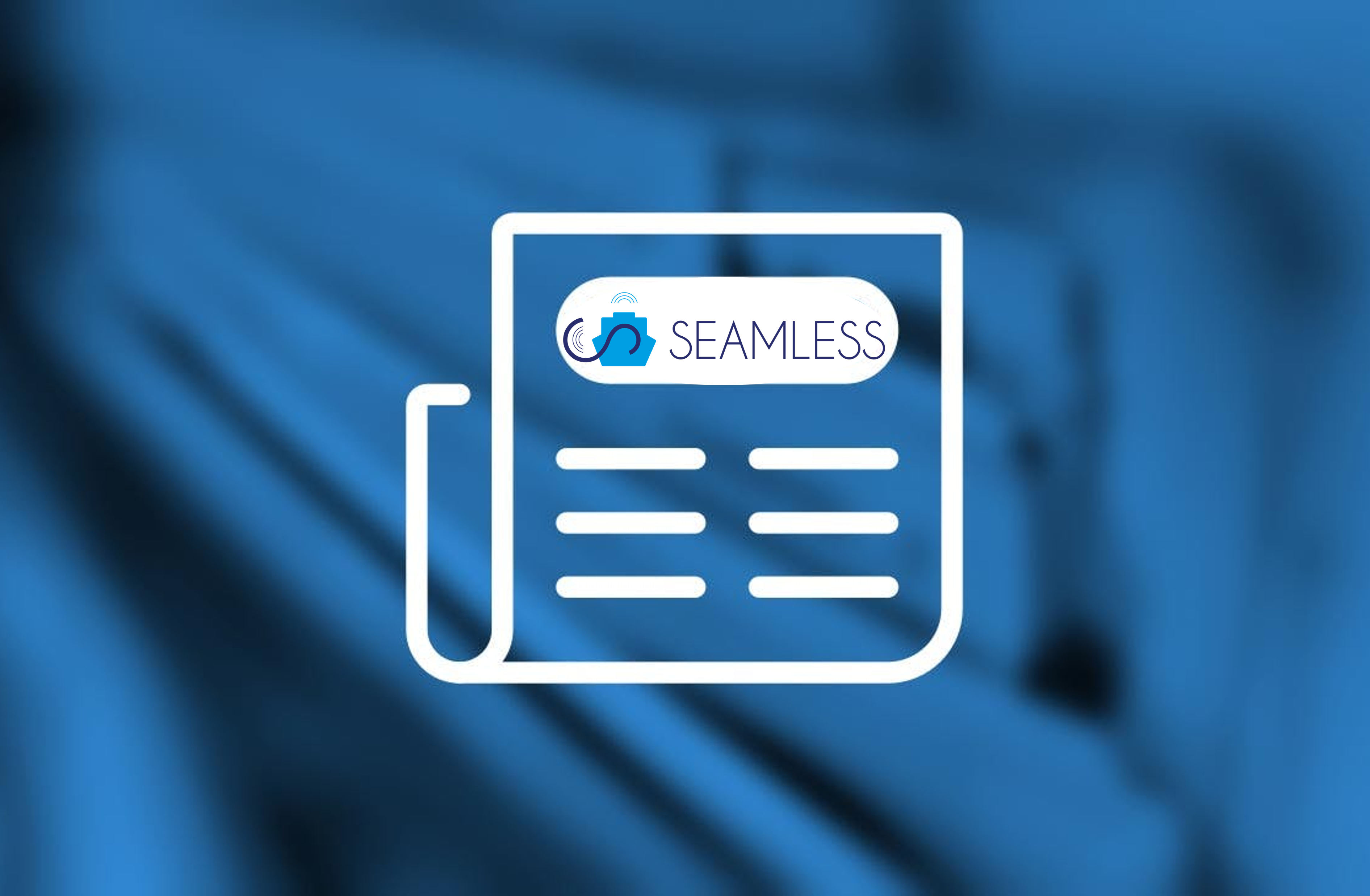
SEAMLESS research on hazard analysis in autonomous vessel operation published
- 03/10/2025
A critical challenge in the safe operation of autonomous vessels is ensuring that control commands are executed accurately and promptly by both shore-side and onboard systems. Building on this challenge, SEAMLESS partners have contributed new research addressing how failures in control actions can lead to hazardous situations.
In a newly published paper, “Hazard analysis of autonomous vessel operation during the interaction and execution between remote operation centre controller and onboard controllers” (Journal of Shipping and Trade, SpringerOpen), the study examines a use case of an autonomous ship with a control hierarchy spanning Human Operators at the shore-side and onboard systems such as the Ship Motion Controller, Power Management System, and Battery Management System.
Using the System Theoretic Process Analysis (STPA) method, the research identifies 127 unsafe control actions that could potentially result in hazards. These findings are classified by hazard severity and operational mode, highlighting where particular attention is required to ensure safe operations.
The results provide a structured foundation for prioritizing safety–critical control actions in battery-powered autonomous ships, supporting designers, operators, and regulators in developing more effective risk mitigation strategies.
This publication is part of Task 4.3 of the SEAMLESS project and marks another important step toward advancing safe, sustainable, and efficient autonomous inland waterway transport.



